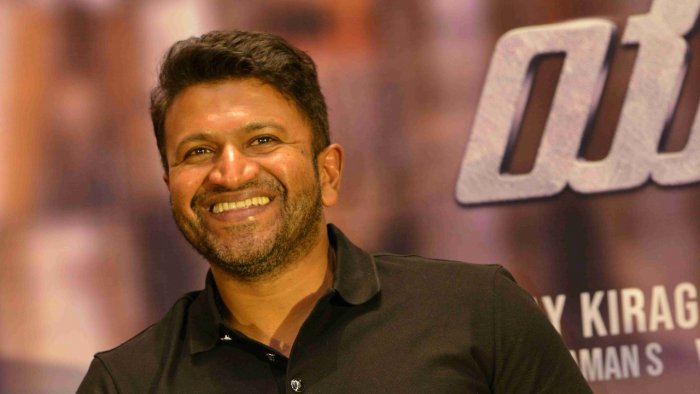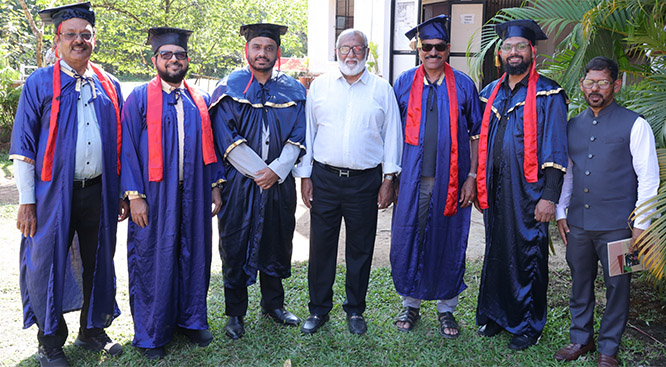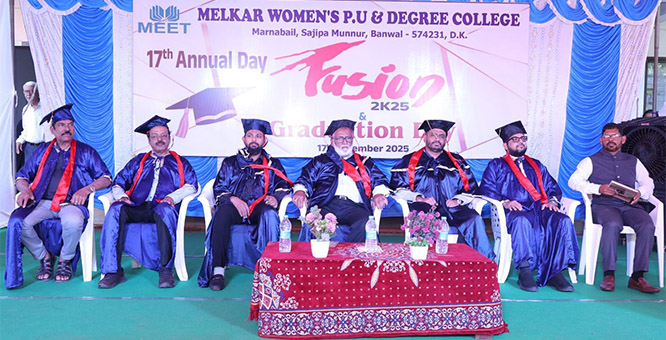
Bengaluru, Oct 29: Kannada superstar Puneeth Rajkumar passed away due to a fatal cardiac arrest on Friday, the 29th of October.
The actor was reportedly working out in his gym when he collapsed suddenly and was rushed to a hospital immediately. Puneeth was later admitted to Vikram Hospital and was receiving treatment in the intensive care unit until the devastating news came forth. He was 46 years old at the time.
The news of his passing, for obvious reasons, has shaken the entire film fraternity with many of Puneeth Rajkumar's peers and closed ones reaching the hospital premises.
Puneeth's older brother Shiva Rajkumar and family members were seen entering the hospital while actors Yash, Darshan, and many others too reached soon after. Karnataka C.M.
Popularly known as the Powerstar, Puneeth Rajkumar was an incredibly beloved superstar whose endeavors as a film producer too received tremendous appreciation from everyone.
On the work front, Puneeth had recently wrapped up the shoot of 'James' with director Chethan Kumar and was to begin work on the much-awaited collaboration with Pawan Kumar on 'Dvitva'. His most recent release is 'Yuvarathnaa'.








Comments
Add new comment